Hyperpigmentation (Dark spots) causes, symptoms and treatment

Dark spots (hyperpigmentation) main causes and symptoms
Dark spots on the skin, or hyperpigmentation, are primarily manifested by some areas of the skin producing more melanin than usual, often a natural brown pigment that gives the skin its color. An insightful fact about colors is that they can be different. Yes, they are called dark spots, but their exact color depends on the person’s skin tone, so they can range from light to dark brown or black – but they are treated the same way.
The spots have the same texture as the skin and are not painful, but vary in size. They can appear on any part of the body, but most often occur in areas exposed to sunlight. Most often these are the face, shoulders, back of the hands, and back. However, if you notice that the spot is getting bigger and darker, you should consult your physician to rule out skin cancer.

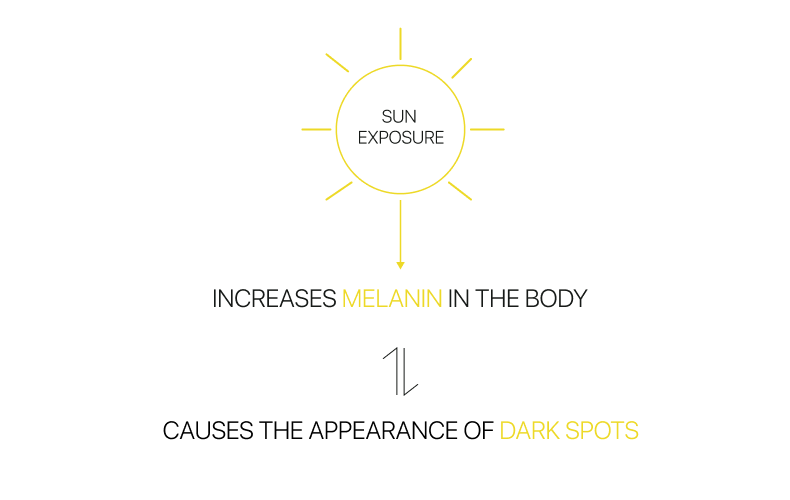
The main cause of dark spots is sun exposure, but this is not the only reason. It can also depend on hormonal levels, endocrine disorders, certain pills, diabetes, and wound healing… Dark spots can also occur due to various skin conditions including acne, insect bites, cuts, burns, and psoriasis.
What is equally interesting is that during pregnancy, dark spots appear on the skin more often. This is due to an increase in melanin in the female body. These spots are also called melasma or the “mask of pregnancy”. Again, this is due to exposure to the sun’s ultraviolet rays, even in cloudy weather. Most of the time, dark spots and melasma usually disappear after childbirth. However, in some women, dark spots may remain longer, sometimes for years.
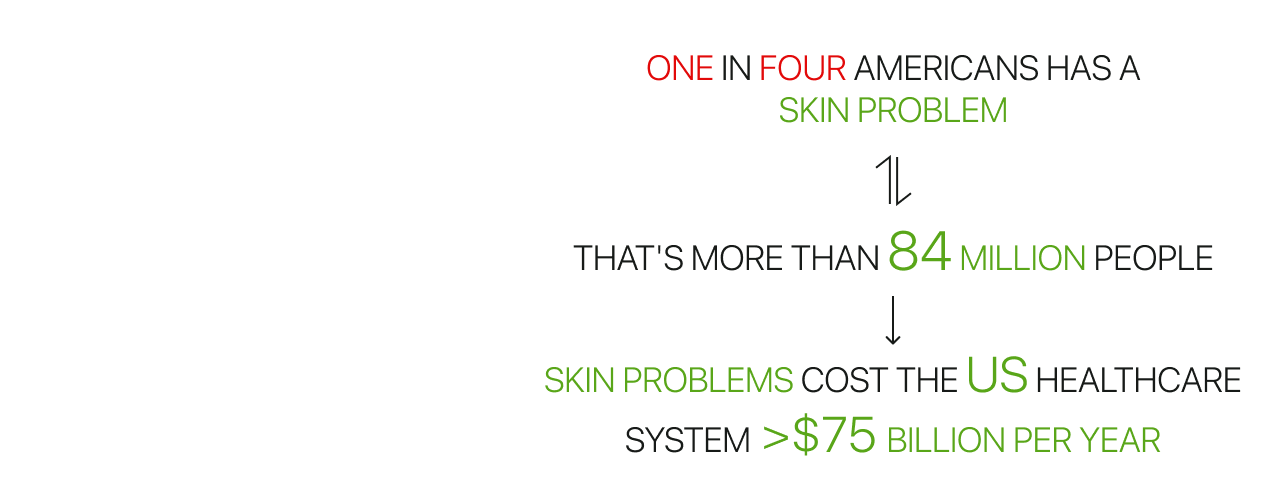
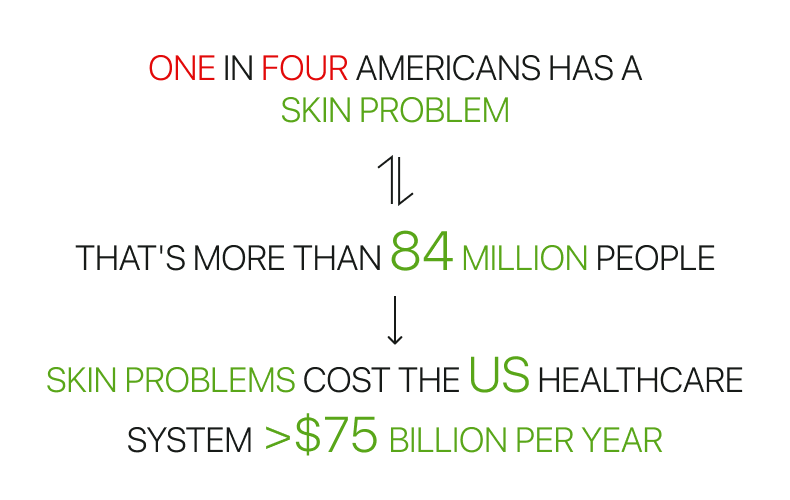
Even though dark spots do not cause pain many people want to get rid of them. Unfortunately, due to a lack of literacy or patience, some people may not read the label on the product carefully enough and what ingredients it contains. They may choose an aggressive skin treatment product that can cause skin damage and serious harm to internal organs.
Some unreliable resources may recommend using toothpaste or some kind of bleach to fight dark spots, when in fact they cause skin burns. According to The World Health Organization, we should avoid skin-lightening products that contain mercury, as it can lead to bad consequences: skin rashes, scarring, peripheral neuropathy, fungal diseases, mental issues, and many others.
Hyperpigmentation (Dark spots) treatment options
To avoid problems with the consequences we described above, it is better to choose safe ways to remove dark spots. After all, treatment depends on many factors, such as a person’s skin type, the degree of discoloration, and so on. Taking this into account, compound treatment can be a great alternative to standardized drugs on the shelves of a pharmacy.
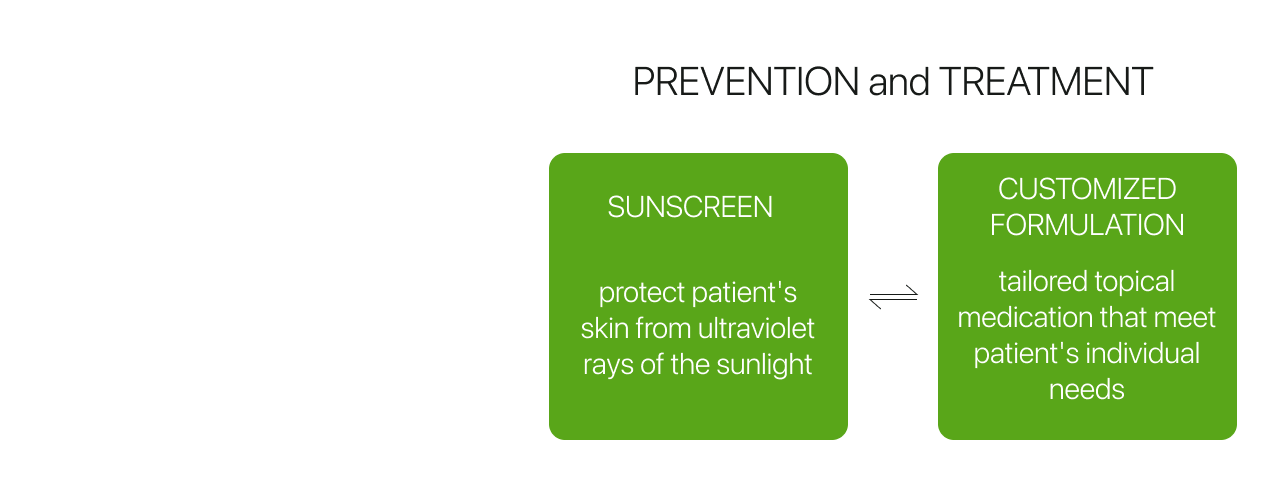
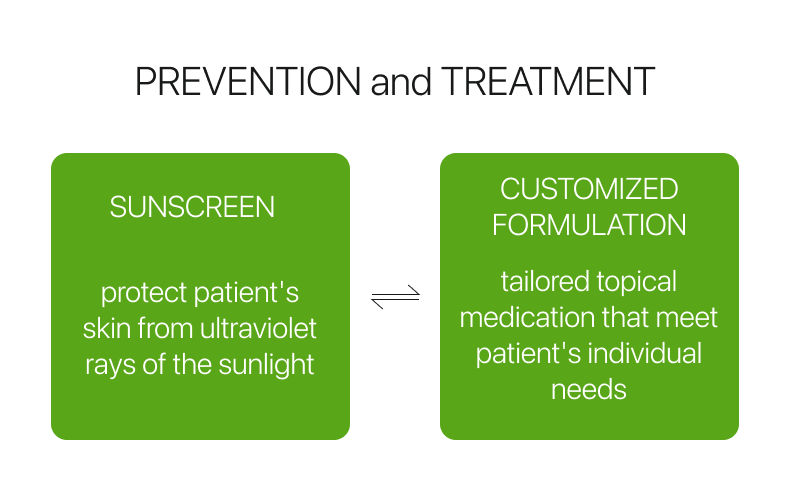
All our compounds are unique and are made taking into account the individual’s characteristics. The doctor writes a prescription based on the patient’s diagnosis and specific case; after receiving the prescription, our pharmacists make the compound treatment in our laboratories.
Mega Aid offers topical treatments and uses USP-quality chemical ingredients and adheres to the highest standards of dosing, mixing, packaging, and storage of compounds. To effectively solve the problem, we proceed on the following basis:
As we have already defined, dark spots primarily appear due to the ultraviolet rays of the light, because they cause excessive production of melanin, so we must protect our skin from these rays with sunscreen.
That’s why it’s important to apply a sunscreen cream, and it is recommended for everyone with hyperpigmentation. Effective treatment begins with sunscreen, and it should be applied not only on summer-sunny days. It is worth remembering that sunscreen is also the first defense against photoaging and sun damage.
Hyperpigmentation therapy compliance using medication therapy management
Mega Aid conducts our own medication therapy management (MTM) service for patient treatment monitoring and iterative improvement. In simple words, we are:

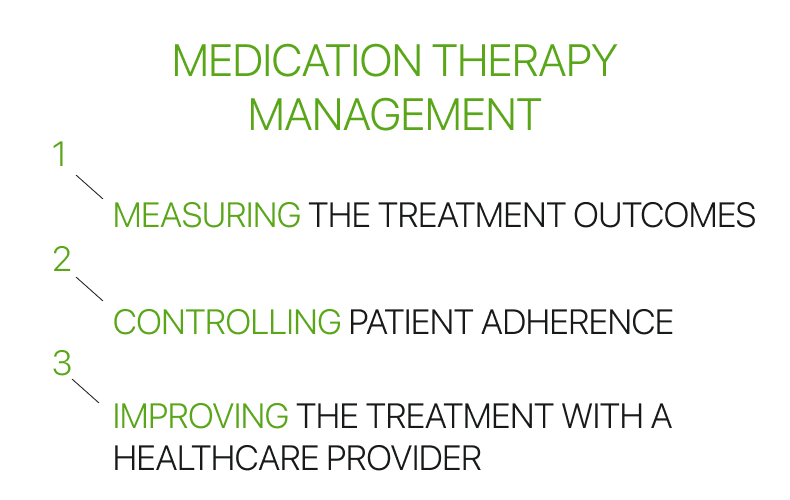
1/ Controlling patient adherence
Approximately two weeks after dispensing a compound medication, a dedicated Mega Aid Patient Care Coordinator will call the patient to confirm treatment adherence and a positive outcome. If we understand that the patient is non-compliant with their prescribed treatment, the Patient Care Coordinator educates the patient about proper medication usage.
2/ Measuring the treatment outcomes
A Patient Care Coordinator monitors the patient’s condition, to make sure that the treatment is working and that the patient’s overall health condition has improved.
3/ Improving the treatment with a healthcare provider
A Pharmacy Liaison reports outcomes to and collaborates with the healthcare provider for dermatological improvement. If the condition remains unchanged, we modify the treatment according to the doctor’s recommendations.
It is vital for us to make sure that patients understand how to use their medications correctly. That is why we created a video explanations where our Pharmacy Liaison shows in practice how to use the medicines correctly:
Mega Aid`s approach, combines a personal treatment plan, monitoring, patient support, and tracking of treatment results, which are connected to our own end-to-end software platform, where we record all the necessary information about the patient and his or her treatment. We believe that our qualified team and our end-to-end policy will improve patient health and quality of life.

